How To Get Better At Drawing Animations
Animation sketches: 8 means to improve your drawings

When it comes to animation sketches we ofttimes fall into the trap of copying our subjects line for line, shape for shape, and render everything out exactly the way we run across them based on our noesis of light, form, composition then on. When we're done, we stand back for a much-awaited "ah-ha" moment… only to realise the piece we'd worked so hard on looks perhaps accurate, but likewise rather dried and lifeless.
How do we imbue life into these pieces that almost suck the life out of us to go them washed in the first identify? Even more than importantly, how do we make information technology a unique experience for the viewer in a way that's representative of our individuality? In this article, I've gathered some of the things that have worked for me in tackling this subject. I'd like to invite you on a trip into the unspoken, cryptic and intangible facet of art-making.
If you'd like to put some of these tips into do and continue improving your artwork check out our listing of the best pencils for colouring, drawing or sketching, equally well as our top tutorials on how to draw.
01. Find the soul of the discipline

(Prototype: © Prem Sai GS)
I similar to remember that art is a meditation, by the terminate of which you take something to show. The act of drawing is the opportunity to projection ourselves on to the subject and practice empathy. The saying "feel the pose" couldn't be more than true. Think of all the times nosotros shudder equally we play calculator games for instance, where we feel the pain of getting striking on-screen. Become the subject, feel the curves and the straights with your body as y'all put down the lines or the paint. Being present in the moment and standing back occasionally to view the work from a distance is besides an effective way to brand sure you're saying the things you lot intended to say.
02. Embrace explosive mark-making
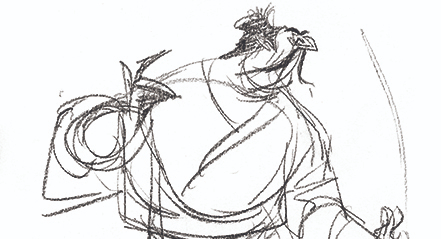
(Paradigm: © Prem Sai GS)
Some of my favourite pieces have an unrestricted expression of spontaneity where the artist didn't hesitate. According to neuroanatomist Dr Jill Bolte Taylor, the average human emotion lasts 90 seconds, subsequently which the chemicals causing the emotions are flushed out of the body. This ways we have nearly ninety seconds to put an idea downward in its full vitality before we're swept away by a unlike emotion, unless nosotros cull to stay in that emotion. This is why information technology's crucial to create an instant impression to capture the emotion nosotros're subsequently, and then expand on it for the duration of the artwork.
03. Study people in move
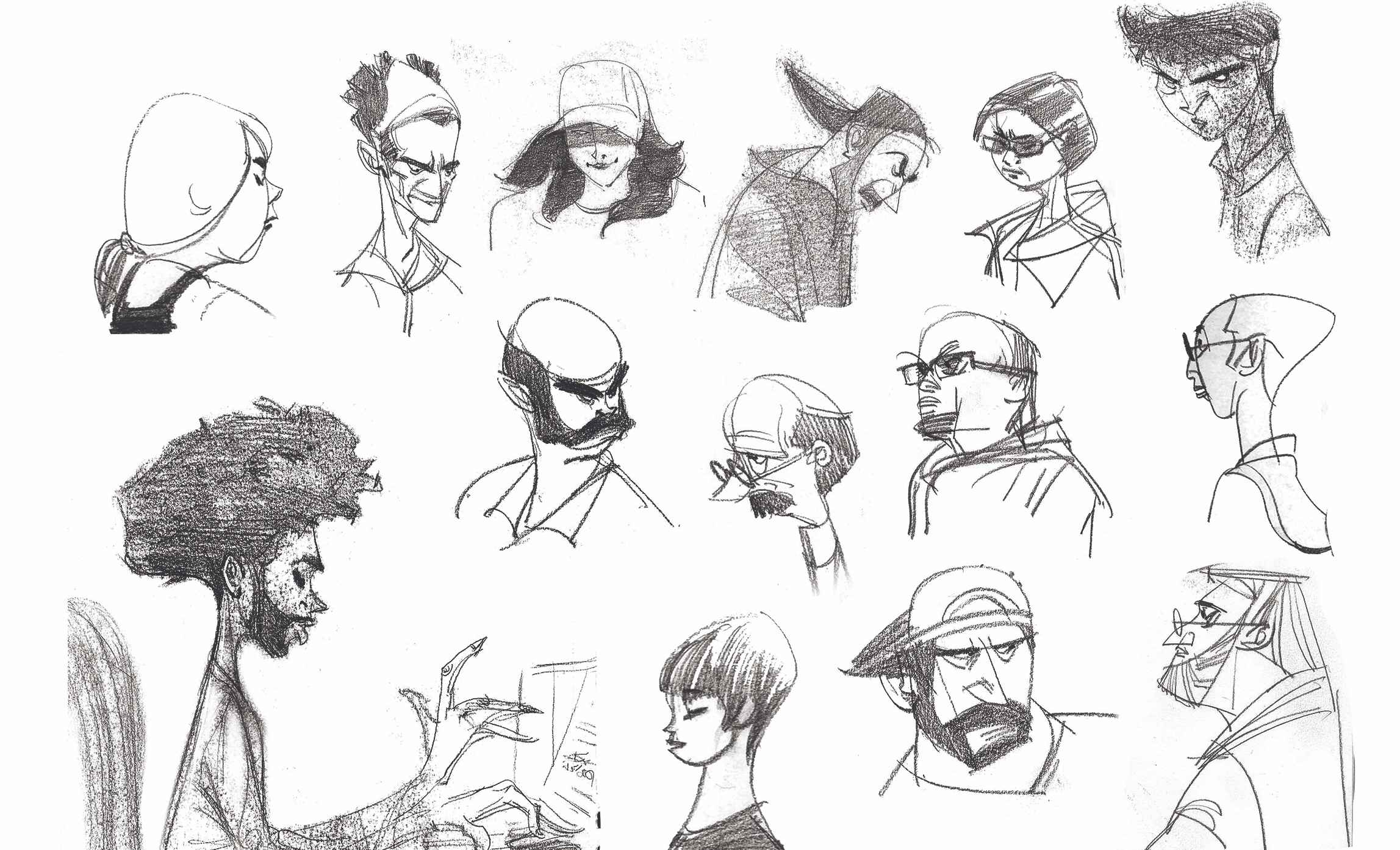
(Image: © Prem Sai GS)
If you wish to bring motion into your work, offset by studying moving subjects. Photographs on the internet are fantastic references to research different objects and cultures, but at the same time, virtually of them are meticulously posed still images. Along with the elements that we're looking for, quite often that rigidity also gets transferred into our piece of work.
Get a sketchbook, leave your nighttime corner and go see some living, breathing, moving people in your neighbourhood. They're all around us waiting to be drawn. Stare at them, brand them a niggling uncomfortable. And when they're shifting around uneasily, describe them. It's fun! Regularly studying people and their behaviours helps you build a library of emotions to pull from when y'all're back at your desk creating work.
04. Feel the rhythm and flow
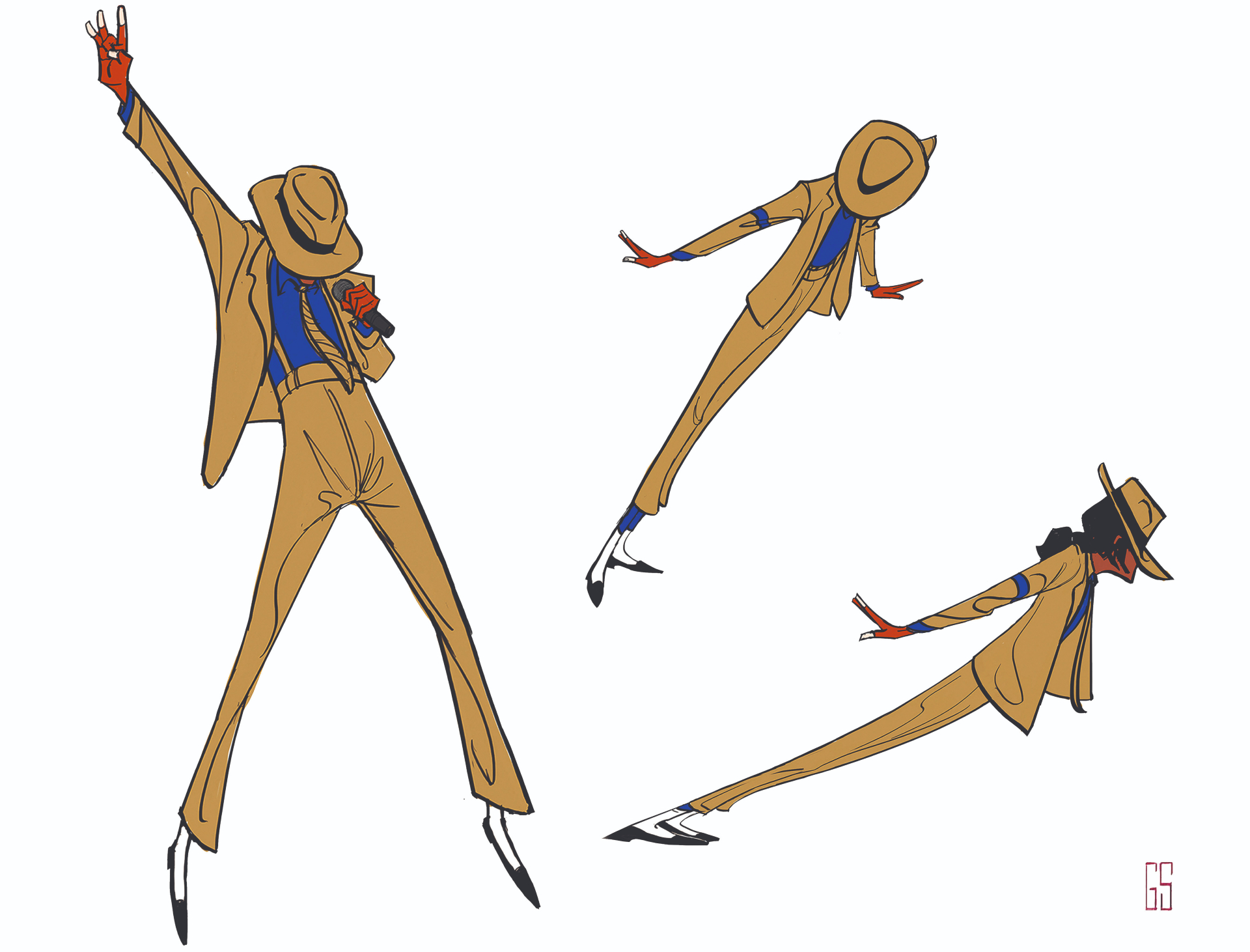
(Prototype: © Prem Sai GS)
Feeling out the rhythms of your bailiwick is key to calculation dynamism to the work. Nature is full of rhythms. Playing with fluid lines and shapes to mimic nature will help bring more life and vivacity to your drawings.
05. Know your forms and anatomy

(Paradigm: © Prem Sai GS)
Often we're so decorated focusing on structural accuracy that we miss out on the expression we were trying to convey in our drawings. So it helps if you know the subject field inside-out before you outset – whether information technology be a one-inch moth or a 15-pes mammoth. It's like an actor who needs to know their lines earlier coming to set, and so that they can focus on the performance and experiment with unlike ways of delivering it, rather than having to look down every at present and once again to remember what to say. If you know your anatomy lines then the balance will follow.
06. Don't be limited by what you've seen earlier
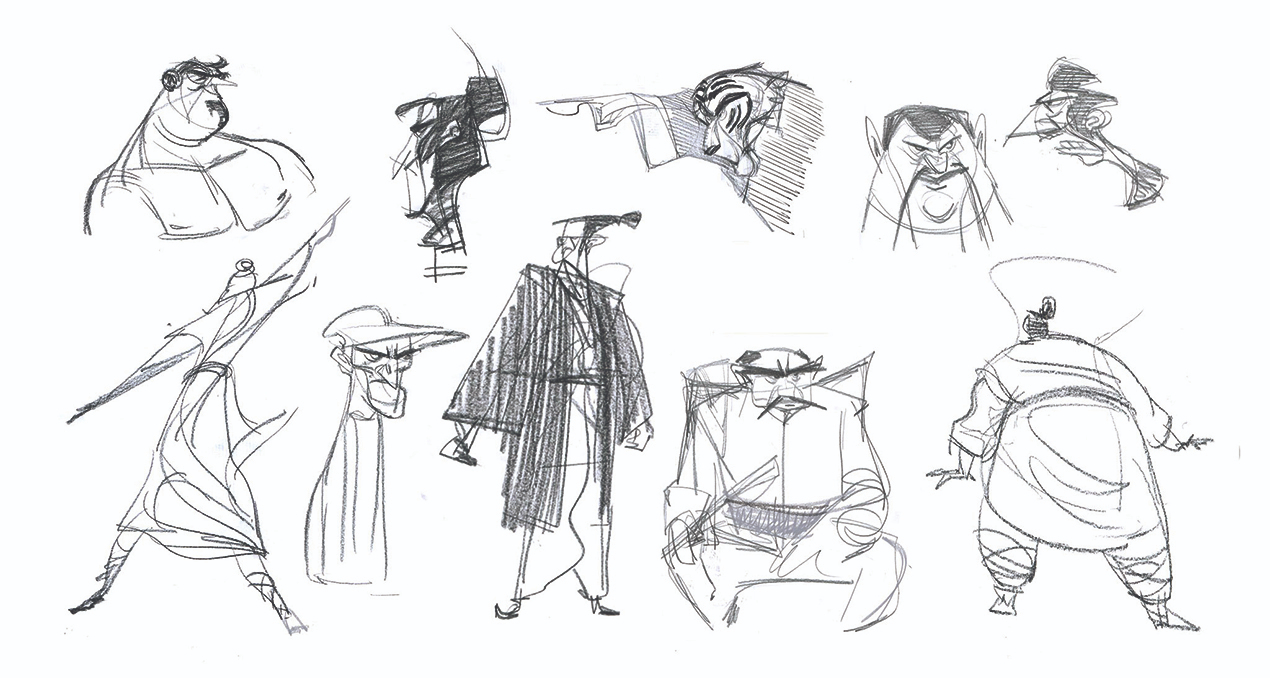
(Paradigm: © Prem Sai GS)
Complimentary yourself from conventional wisdom. It'southward limiting. Often our desire to bring an image into a finished, desirable firm-mode significantly affects the heart of the image. Experiment and discover things that haven't been done before in your own unique style that'due south both true to the story and your personal experiences. Caricature and exaggeration assist immensely in this area, as nosotros all have a unlike way of seeing things. We wouldn't accept such a variety of stories and styles if artists hadn't taken that left plough. Explore and strive to bless the world with something fresh!
07. Instil your life experiences into your work

(Image: © Prem Sai GS)
Remember those times when we were frustrated, depressed and disappointed with how things were going in our lives? Or the times we were happy and exuberant? Allow it all out on the monkey you're going to draw the next day! In this case, I wanted to convey how unaware nosotros are to the flood we create in our own lives while existence aggravated at the unfairness around united states of america. Our medium gives us a perfect outlet to let our emotions out, and sometimes in the nigh entertaining way. Permit your life experiences come through and and then expose yourself to a few more!
08. Allow your hand do the designing
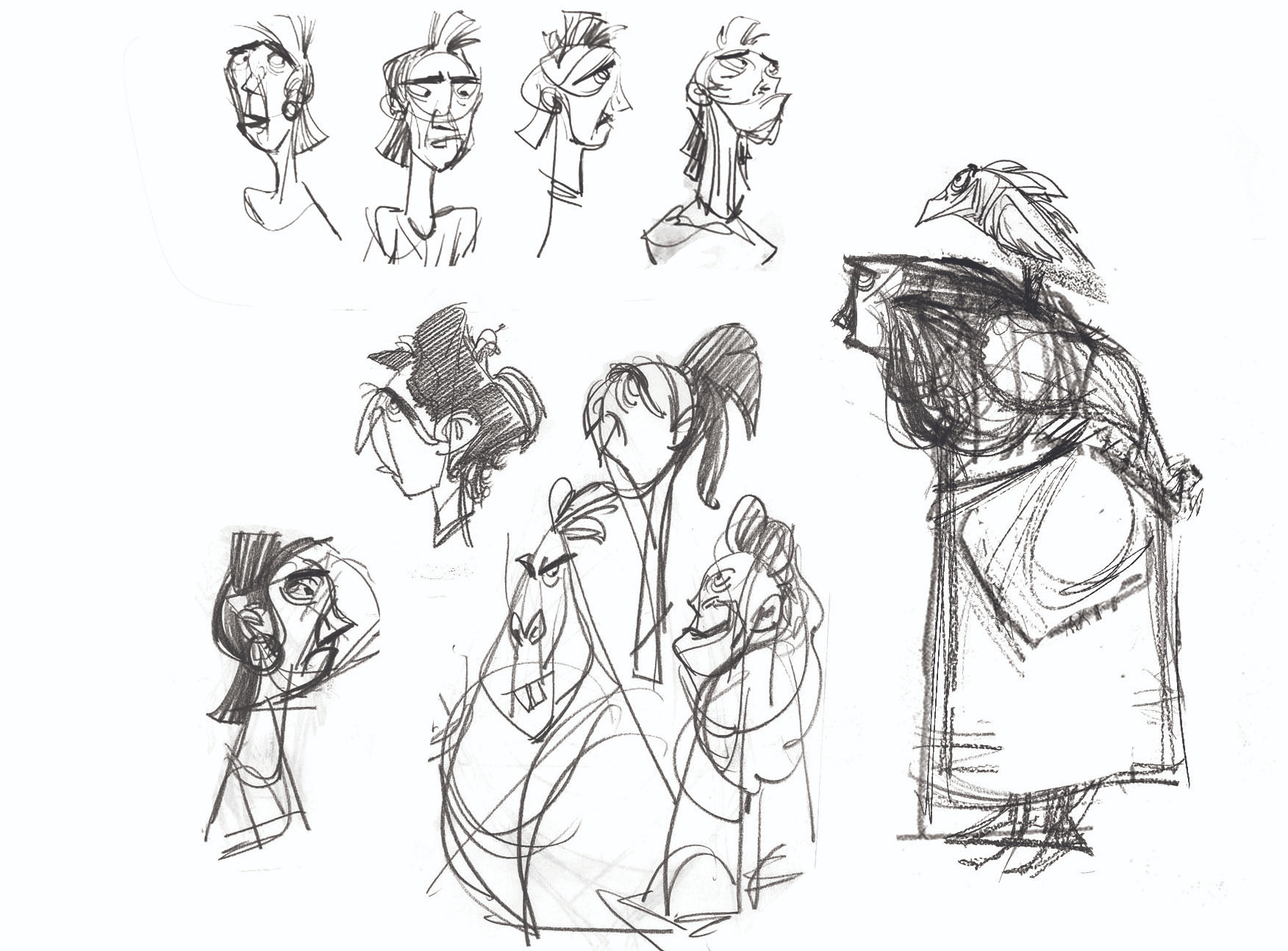
(Image: © Prem Sai GS)
Don't overthink the initial blueprint process. Let the hand practice the designing based on the knowledge you've already accumulated almost the subject. In this stage, I endeavor to forget all rules and think but about the personality of the characters based on the story. This helps me come upwards with a few original thoughts that aren't influenced past artworks I've seen before.
In the side by side stage, I can take my initial idea and brand information technology more developed based on references I have gathered. Here, I have the luxury to become slower and use structure and form to bring the blueprint to a more finished look. Once I'g content with how the design turned out, I might play with some poses to see if the design works in unlike views. Often I might find some poses that might not piece of work for a specific pattern, every bit they suspension graphic symbol. Always stay enlightened of the limits of each design.
This commodity was originally published in ImagineFX , the world's acknowledged digital art magazine. Subscribe to ImagineFX (opens in new tab) .
Related manufactures:
- How to hold a pencil correctly
- The best sketchbooks to brand yous a better artist
- How to use colour to make your illustrations pop

Cheers for reading five articles this month* Join at present for unlimited admission
Savour your first month for just £1 / $1 / €1
*Read five free articles per calendar month without a subscription

Bring together now for unlimited admission
Try first month for simply £ane / $1 / €i
Related articles
Source: https://www.creativebloq.com/advice/animation-sketches
Posted by: gentilelovent.blogspot.com

0 Response to "How To Get Better At Drawing Animations"
Post a Comment